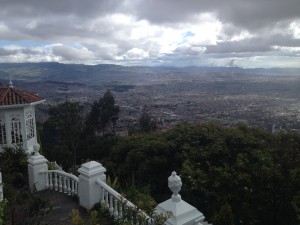This week’s reading of the Caudillos Versus the Nation State as well as “The Slaughterhouse” by Esteban Echeverría helped me to better understand why post-colonial North America is currently so drastically different than post-colonial Latin America, despite sharing a similar history. In part, the vast geography that composes Latin America makes sense of the staunch difference in indigenous relations and political unrest. Because early conquerors of Latin America recognized the indigenous peoples as having a distinct society (something that was not considered in Canada until the 1990’s), the indigenous peoples had become accustomed to being able to operate in their own communities under the protection of strong leadership from the outside. The makeshift alliances created between the conquerors and the Latin American people were key for dominating forces wishing to gain power. Between the recently landed Europeans, the elites, the mixed-race middle and lower classes, and the rural indigenous peoples, it was abundantly clear that independence meant something different for each different group in each distinct area. Some elites longed for tradition and conservatism while others embraced the new wave of liberalism and change. Since they were equally privileged groups, their success at any given time was dictated by how much support they could respectively gain.
“The Slaughterhouse” was written in a detached and somewhat sarcastic tone that exemplifies how genuinely disassociated people of different castes and classes were from each other. For me the details of this story depict a very unfortunate and disturbing series of events. Echeverría’s illustration portrays the actors as savage and uneducated. The way in which the individuals are able to find enemies among a group of those with whom they are relatively similar depicts the intricacy of the caste system, as well as the instability and subsequent violence that plagued their environment. The group ultimately bands together once it identifies a common enemy in the light-skinned passer-by riding English saddle. This illustrates, what Dawson suggests to be, the “great struggle that confronts Latin America, [being] the battle between civilization (read Europe) and backwardness (read dark skinned people of the countryside)”. This story indirectly explains why Latin America was so fractured in the time of caudillos who, because there was so much disagreement and chaos, could only maintain control over small spheres of influence.
